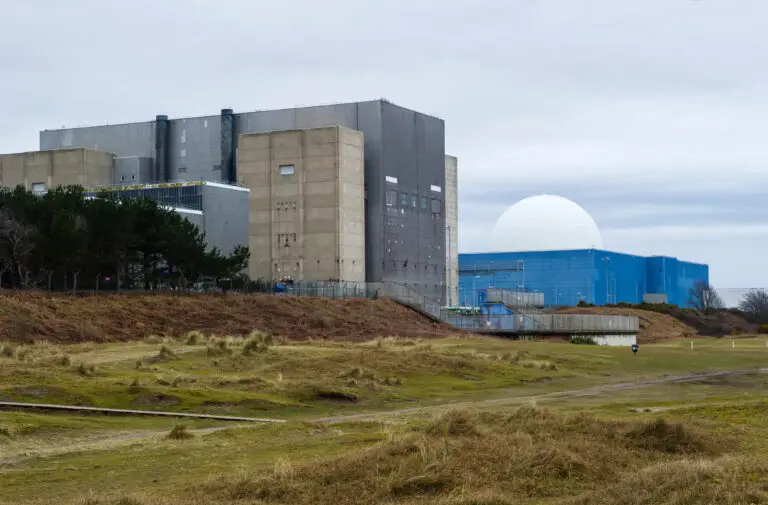Acoustic Fish Deterrent (AFD) technology is continuously developing.
Since Hinkley Point C received its Development Consent Order, AFD technology has significantly advanced, addressing previous concerns about maintenance schedules and meeting system specifications. Key developments include:
- Improved ROV Capability: Enhancing safety in AFD maintenance.
- Active Pressure Compensation System (APCS): Tackling tidal challenges.
- Underwater Power and Communication Hubs: Greater reliability with dual redundancy.
- Remote Operation and Monitoring: Daily system condition updates via text message and email.
- Maintenance Regime Improvements: Extended servicing intervals from 18 to 24 months, potentially beyond 36 months.
The Hinkley Point C Development Consent Order requires the integration of LVSE intake, AFDs, and FRR systems to protect up to 182 million fish annually. The AFD is crucial for safeguarding fragile fish species like sprat and shad, which would otherwise perish if they come into contact with the fish return system at the end of the power station’s cooling tunnels.
Environmental campaigners have criticised EDF for allegedly avoiding the implementation of these vital measures, potentially endangering millions of fish when the new nuclear processing plant becomes operational. Groups like the Wildfowl and Wetlands Trust and the Somerset Wildlife Trust have been advocating for the installation of the AFD, emphasising its importance in preserving aquatic life in the Severn Estuary.
The Government’s report and recommendations can be read here.
Jo Smoldon of the campaign group Stop Hinkley expressed frustration, stating, “EDF are refusing to comply with the environmental conditions they agreed to at the outset, to protect the marine life of the Severn Estuary and its nine great rivers. Why on earth are EDF still not wanting to save the fish? This latest excuse undermines the technology that was put in place to protect the fish. For the last seven years EDF has refused to engage with Fish Guidance Systems, who were asked by EDF to provide the technology which they are now discrediting!”
Our Latest Acoustic Fish Deterrent News
What’s missing at Sizewell C is a critical environmental protection.
The UK government has announced that Sizewell C is to become the latest in the UK’s new generation of nuclear power stations. The manufacturing cost has been estimated at £14.5bn for the first four years, with the full amount unknown. The project will take approximately 10 years to build, with
How Long Does It Take to Design and Deliver a Fish Deflection System?
Over 30 years ago, we founded Fish Guidance Systems (FGS) to protect fish from human-made infrastructure. Our systems, which can include sound, light and bubbles, deter a wide range of fish species from hazardous environments such as hydroelectric facilities, power stations and other waterside infrastructure projects. Here’s a breakdown of
Prof Mark Everard Discusses AFD on BBC Radio 4
Dr. Mark Everard, Associate Professor of Ecosystem Services at the University of the West of England, took to BBC Radio 4’s Farming Today on Monday 25th November 2024, to advocate for the installation of an Acoustic Fish Deterrent (AFD) at Hinkley Point C. The interview, which can be found on

How the AFD Delivery Report Changes the Conversation at Hinkley Point C
The conversation around the Acoustic Fish Deterrent (AFD) at Hinkley Point C has drastically changed after the AFD Delivery Group released a report that answered and overcame the challenges facing EDF regarding the available technologies and maintenance of the system. The AFD, which is government mandated, UK best practice, and